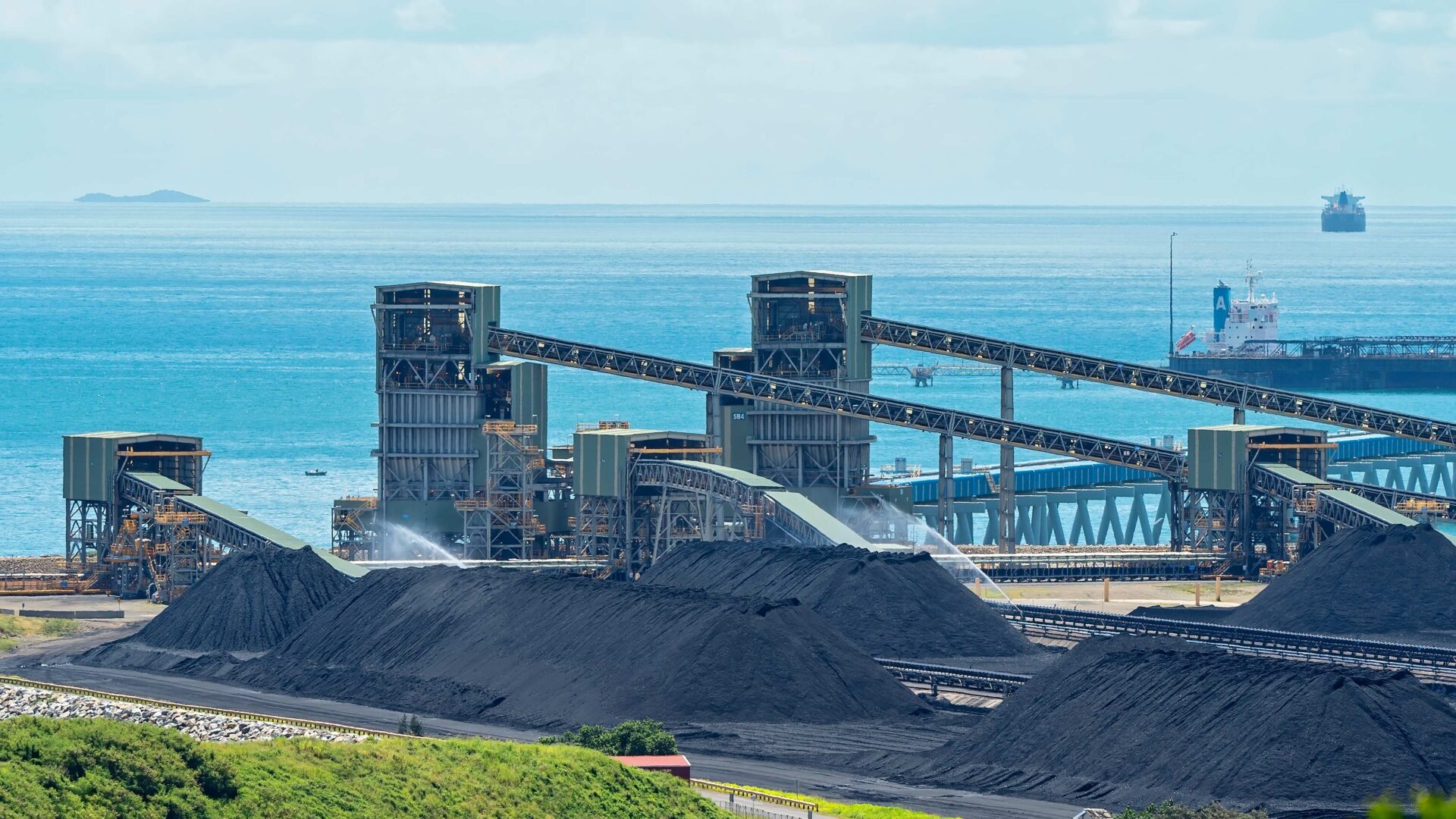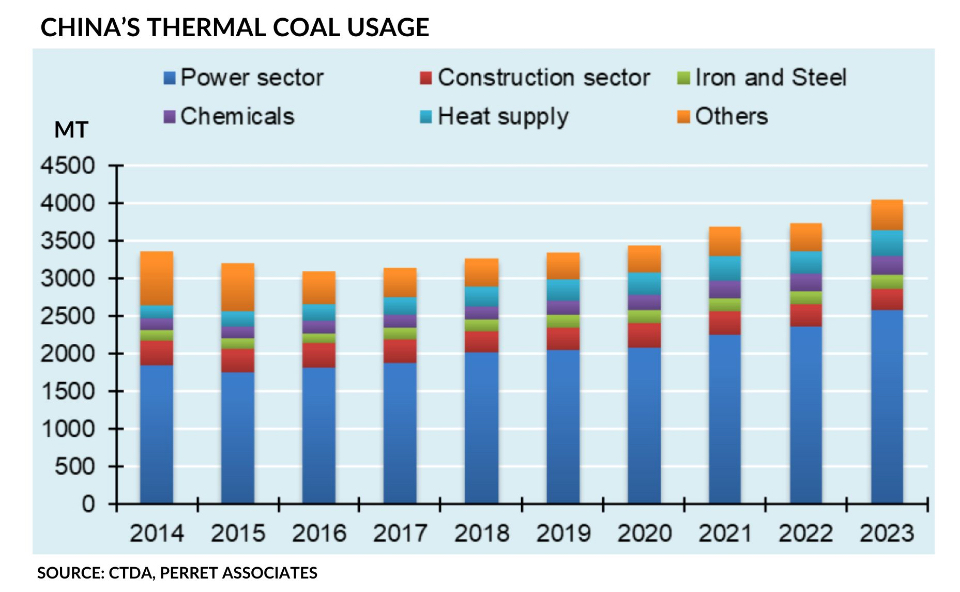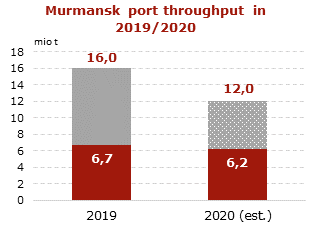

European coal prices may continue to hover near year-to-date peaks in the remaining days of 2020, thanks to tightening supply in the Pacific region.
The front-quarter and front-year API 2 contracts both rose 3% on the week USD 68.15/t and USD 67.25/t, respectively, on Ice Futures.
The former contract on Tuesday-Wednesday reached its highest on a rolling basis since April last year, of USD 69.40/t, while the latter touched a 14-month high of USD 68.30/t.
An analyst with a coal supplier said API 2 prices “should have peaked” for the year, but that with Asia currently driving global seaborne price moves, the outlook was “tricky to predict”.
“The cold weather [in Asia] will support prices well into January, but it would take an exceptionally cold snap to spur further price increases,” he said.
The world’s biggest consumer, China, has found itself short of coal due largely to a cocktail of cold weather driving up demand, insufficient domestic supply and ongoing restrictions to Australian imports.
At the weekend the government encouraged its utilities to resume importing coal from countries other than Australia in an attempt to alleviate the tightness.
“All eyes are on China,” said a coal strategist with a European utility, adding while the government had taken measures to encourage more supply, it was unclear how effective this would be in the short term.
“The key issue is how long it will remain cold, and if domestic supply can catch up,” he said, adding “low port stocks suggest they still have a problem”.
Reduced exports
At the same time, reduced exports from the world’s largest coal export port, at Newcastle in Australia – in part due to recent infrastructure damage – and the prospect of 10 days’ maintenance next month on the main rail route feeding South Africa’s major export hub of Richards Bay have further underpinned prices.
“There is this bullish risk around,” said a coal analyst with a European energy firm.
He noted the La Nina weather pattern could result in further cold weather in the first quarter of 2021, as well as higher rainfall in producing nations, such as Australia and Indonesia.
Already, operations at Newcastle narrowly dodged widespread gales and flooding over the weekend, which affected parts of northern New South Wales and southern Queensland, port sources told Montel on Monday.
In Europe, the outlook was less bullish, due to lower anticipated power demand over the Christmas and New Year period and expectations of increased supply, particularly from Colombia in the wake of recent protracted strike action at key producer Cerrejon.
“It’s so hard to predict what happens [with prices] when trading volumes are thin, with the Christmas break in parts of the world, but [further gains] are certainly possible,” the energy firm analyst said.
The first analyst agreed, but said the market was still likely to be close to a ceiling, notwithstanding strict coronavirus lockdown measures still in place in some parts of the world.
“While we wouldn’t say ‘no’ to more price increases after the torrid year we endured, I don’t think the fundamentals of the market support large-scale or persistent price rises in the near future.”
Source: Montel
Follow on Twitter:
[tfws username=”montelnews” height=”700″ width=”350″ theme=”light” color=”#FAB81E” tweets=”2″ header=”yes” footer=”yes” borders=”yes” scrollbar=”yes” background=”yes”]













